Animation of a television antenna system, showing how it generates and receives a signal. The transmitting antenna comprises a row of parallel metal rods, the longest of which is driven by a varying electrical current (yellow dots). The signal is produced by applying a radio frequency electrical signal to the driven element. The oscillation of electric charges in the element produces an electromagnetic field around it (blue and red), which interacts with the other rods, called directors, which amplify the field. Behind the driven element and directors is a metal array known as the reflector, which helps direct the resulting signal (yellow waves). This can travel great distances, although the signal can be blocked by large objects like hills, so the antennae are positioned as high up as possible. When the signal arrives, the opposite process occurs: the electromagnetic field induces the same movement of electrons in the driven element of the receiver, which reproduces the electric signal used in the transmission. This signal is then passed to the receiver and decoded to produce a television picture. Television signals are generally broadcast in the ultra high frequency (UHF) band, with typical frequencies between 500-800 megahertz. This gives them a wavelength of around 60-40 centimetres. The separation of the driven element, directors and reflector is designed to maximise the amplification and directionality of the signal, with typical spacing between directors of around a quarter of a wavelength.
Details
WebID:
C01839929
Clip Type:
RM
Super High Res Size:
1920X1080
Duration:
00:01:04.000
Format:
QuickTime
Bit Rate:
25 fps
Available:
download
Comp:
200X112 (0.00 M)
Model Release:
NO
Property Release
No



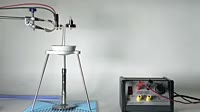


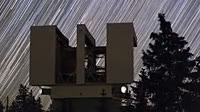


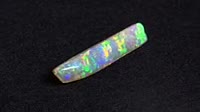
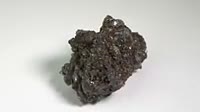
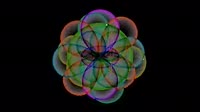
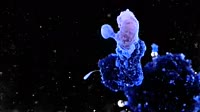
 Loading
Loading